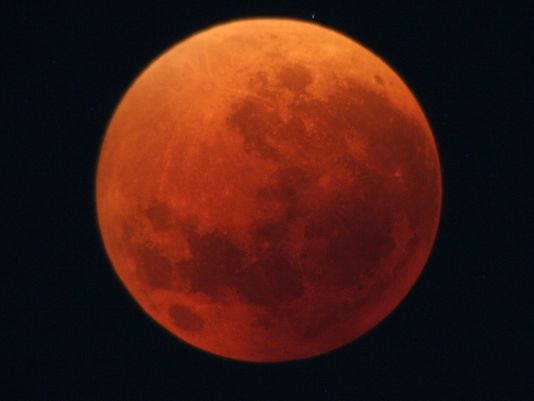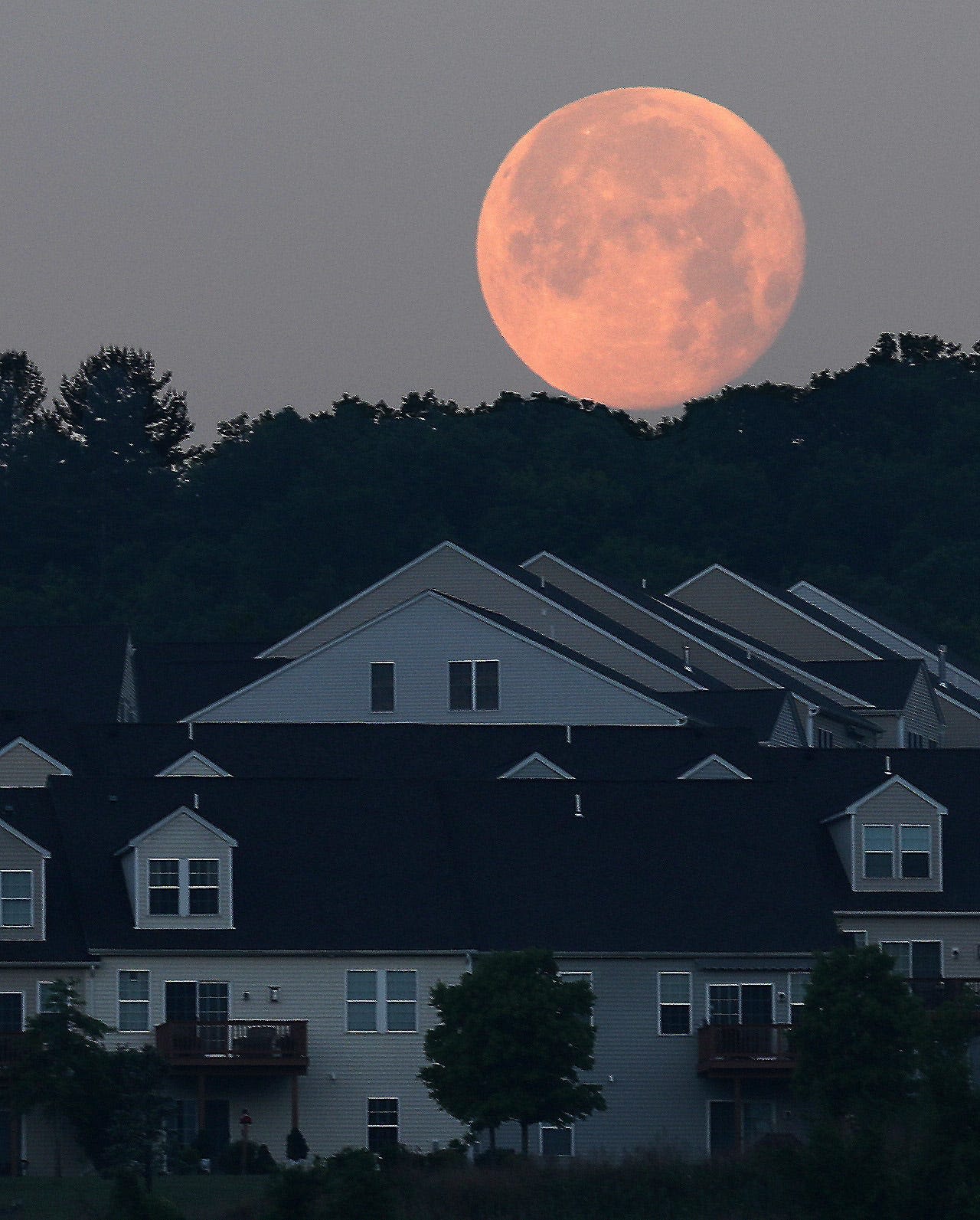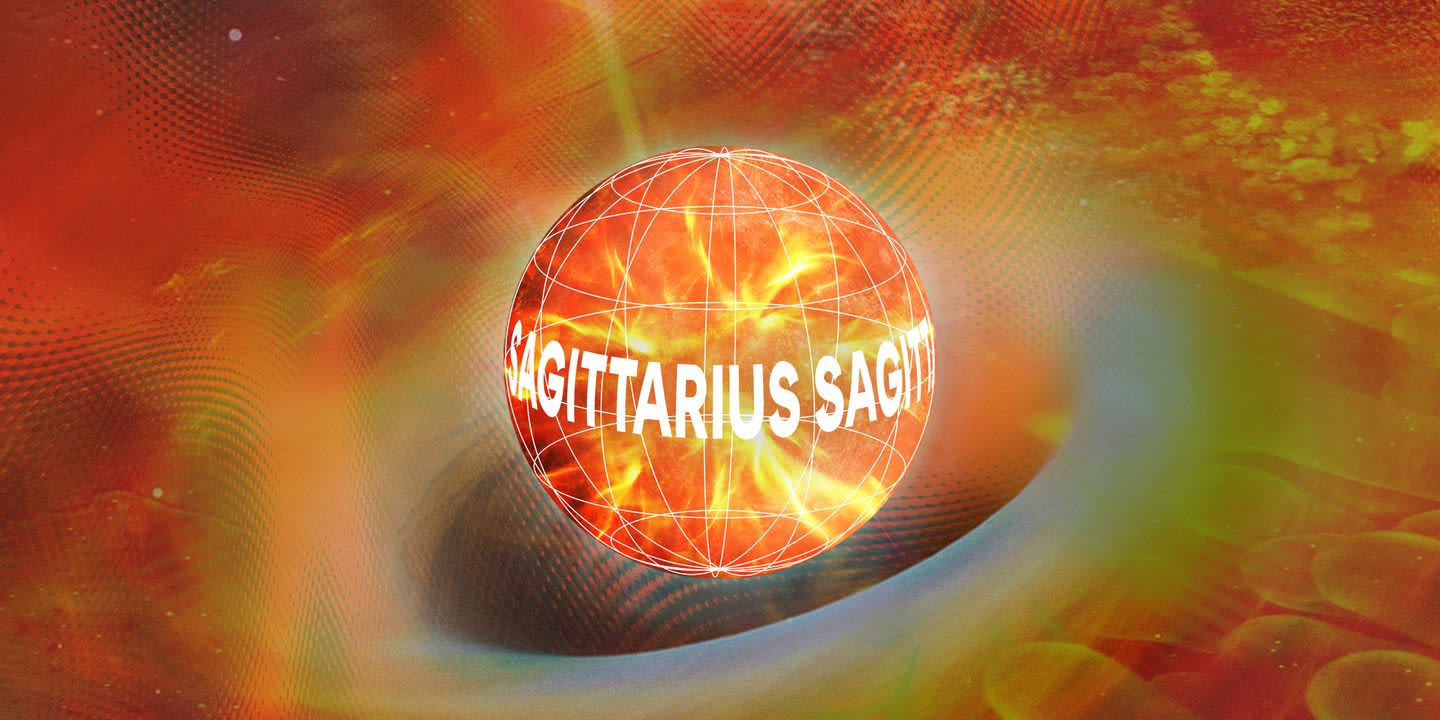Search results
News about Full Moon, May 2024, emotional release
Also in the news
The Moon is Earth's only natural satellite. It orbits at an average distance of 384,400 km (238,900 mi), about 30 times the diameter of Earth. Over time Earth's gravity has caused tidal locking, causing the same side of the Moon to always face Earth. Because of this, the lunar day and the lunar month are the same length, at 29.5 Earth days.
- 405400 km, (404000–406700 km)
- 362600 km, (356400–370400 km)
- Earth I
- or
4 days ago · Moon, Earth ’s sole natural satellite and nearest large celestial body. Known since prehistoric times, it is the brightest object in the sky after the Sun. It is designated by the symbol ☽. Its name in English, like that of Earth, is of Germanic and Old English derivation.
- James D. Burke
Overview. Earth's Moon is the brightest and largest object in our night sky. The Moon makes Earth a more livable planet by moderating our home planet's wobble on its axis, leading to a relatively stable climate. It also causes tides, creating a rhythm that has guided humans for thousands of years.
- DictionaryMoon/mo͞on/
noun
- 1. the natural satellite of the earth, visible (chiefly at night) by reflected light from the sun: "there was no moon, but a sky sparkling with brilliant stars"
verb
- 1. behave or move in a listless and aimless manner: "lying in bed eating candy, mooning around"
- 2. expose one's buttocks to (someone) in order to insult or amuse them: informal "Dan had whipped around, bent over, and mooned the crowd"
Sep 7, 2023 · The Moon is Earth’s only permanent natural satellite, and it’s the fifth-largest satellite in our solar system. The Moon’s diameter is approximately 2,160 miles (3,475 kilometers), or about...
People also ask
What are the different types of moons?
How are moons named?
How many moons are in our solar system?
… Moon Facts. The brightest and largest object in our night sky, the Moon makes Earth a more livable planet by moderating our home planet's wobble on its axis, leading to a relatively stable climate. It also causes tides, creating a rhythm that has guided humans for thousands of years. 10 things.
Nov 16, 2022 · KENNEDY SPACE CENTER, Fla. — NASA’s majestic new rocket soared into space for the first time in the early hours of Wednesday, lighting up the night sky and accelerating on a journey that will take...





